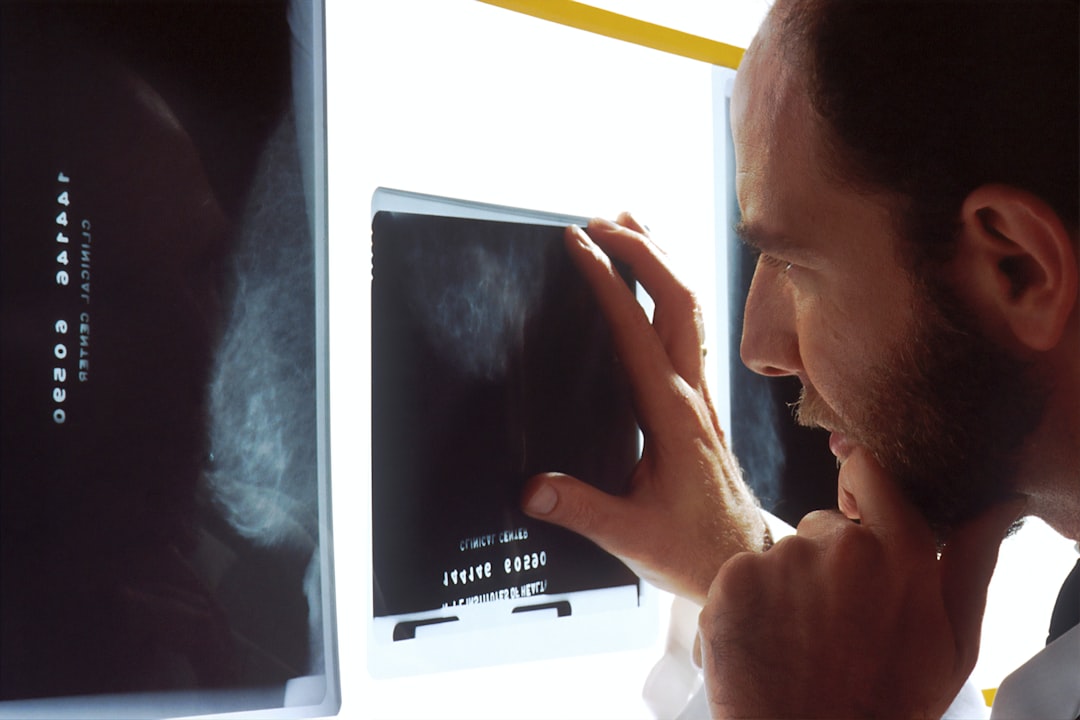What is it about?
Photodynamic therapy is a clinical treatment for malignant tissue whereby a pro-drug (the photosensitizer) upon activation by light form a reactive species (singlet oxygen) kill the surrounding tissue or cells. The main problem here is to bring the photosensitizer molecules into the cells. Here we show that insertion of P(V) turn the rather insoluble porphyrins into a water soluble form which is readily taken up by esophageal cancer cells.
Featured Image
Why is it important?
The main advantage is the simple synthesis. A standard symmetric A4-type porphyrin, which is easily prepared or can be purchased, requires only insertion of P(V) to generate an active photosensitizer which is easily taken up by cells.
Read the Original
This page is a summary of: Lead structures for applications in photodynamic therapy. 5. Synthesis and biological evaluation of water soluble phosphorus(V) 5,10,15,20-tetraalkylporphyrins for PDT, Photodiagnosis and Photodynamic Therapy, December 2014, Elsevier,
DOI: 10.1016/j.pdpdt.2014.07.003.
You can read the full text:
Resources
Contributors
The following have contributed to this page










